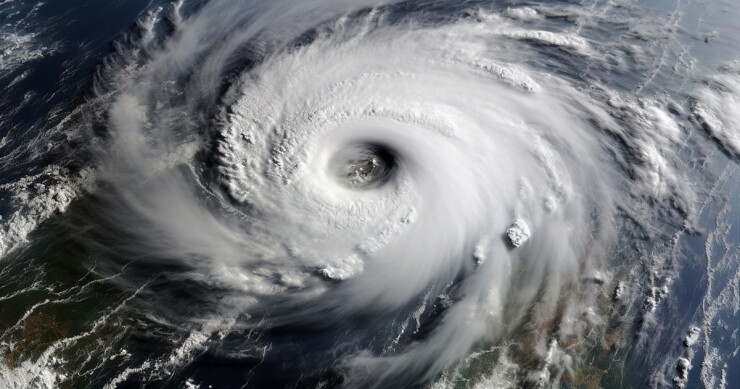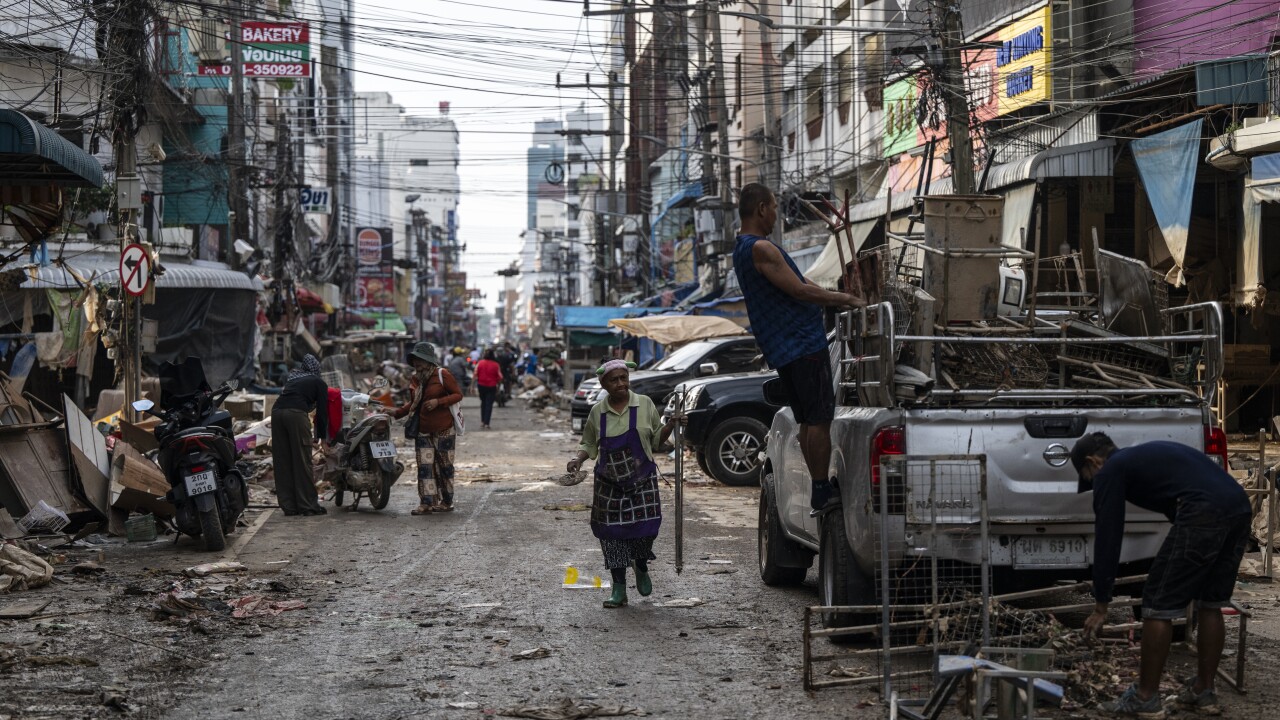Takeaways:
- Estimated losses for Hurricane Katrina in 2024 prices would be $105 billion.
- Following Katrina, over $14.6 billion was invested in the Hurricane Storm Damage Risk Reduction System
- Retrofitting buildings and constructing new ones to higher standards saves money long-term
As we approach the 20th anniversary of Hurricane Katrina, the devastation it wrought still reverberates in the risk landscape. A new
What has changed – and what hasn't
If a storm identical to Katrina struck New Orleans today, the insured losses would still be nearly $100 billion, but for profoundly different reasons. The reduction in damages would be due to enhanced flood defenses, improved building codes and smarter land use – not merely luck or lower storm intensity.
This is a triumph of adaptation. After Katrina, federal and state governments invested over $14.6 billion in the Hurricane Storm Damage Risk Reduction System (HSDRRS), a levee and pump infrastructure that shielded New Orleans during Hurricane Ida in 2021. Louisiana also introduced its first statewide building code, joining other Gulf states in strengthening resilience.
However, part of the lower risk is more sobering: New Orleans never fully recovered. Its
What this means for commercial businesses
For business leaders,
- Prioritize pre-disaster planning, not just business continuity. This includes evaluating facilities' structural integrity, elevation, and exposure to both wind and water.
- Retrofit buildings to modern standards or build new structures using the latest flood- and wind-resistant codes. The return on investment is clear: according to the National Institute of Building Sciences, every $1 spent on mitigation saves $6–12 in future losses.
- Engage in community resilience planning by supporting local infrastructure improvements and advocating for stronger zoning and code enforcement.
- Audit insurance coverage regularly, ensuring that flood and storm surge risks are adequately addressed. Ambiguity in policy wording—exposed during post-Katrina litigation—should be eliminated.
The role of parametric insurance
In hurricane-prone areas, parametric covers can be customized to complement traditional insurance by addressing deductible gaps, providing business interruption coverage, or insuring high-risk assets that are hard to underwrite conventionally.
Speed and certainty of capital after an event is as important as its size. Parametric solutions fit squarely into that vision, offering businesses a tool to enhance financial resilience when recovery time is crucial.
A call to accelerate
The Swiss Re Institute's report underscores that while significant progress has been made since 2005, natural catastrophe losses are rising 5–7% annually in real terms. The re/insurance industry alone cannot close this widening protection gap. It requires multi-stakeholder coordination—from governments and developers to insurers and corporate clients.
That's the charge for the next 20 years: to ensure that Katrina's legacy is not only a reminder of what was lost, but a catalyst for what can be saved.






